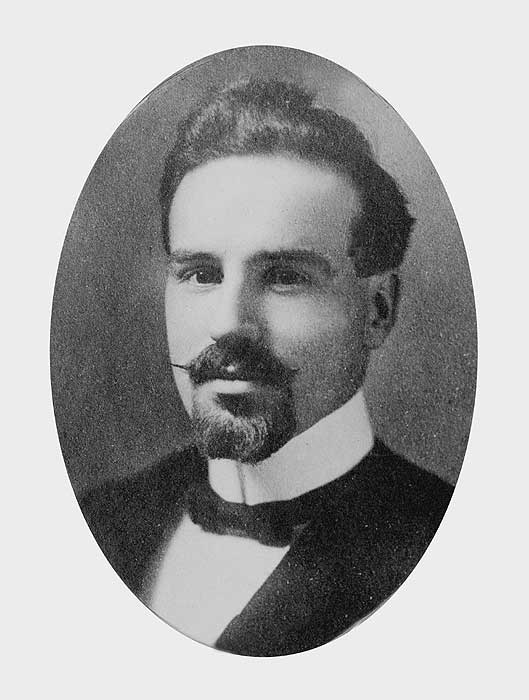A few talented productions from earlier generations survive, including works by women who studied design and painting abroad: Philomène Belliveau from Memramcook and Caroline Léger from Paquetville in the 19th century, and later Anna Bourque-Bourgeois, Jeanne Léger from Sainte-Marie-de-Kent, Alma Buote from Tignish and Yolande Boudreau from Moncton.
At the turn of the century Dr. Paul Carmel Laporte (born in 1885 in Verchères, Québec) settled in Edmundston, established a studio and spent 40 years teaching teenagers the art of wood carving. Claude Picard (Saint-Basile) and Claude Roussel (Edmundston/Dieppe) are 2 names which stand out among the talents which blossomed under his instruction. Roussel, while artist in residence at the new Université de Moncton, set up that university's Department of Visual Arts (1963). Picard and Roussel were both invited to contribute paintings and bas-reliefs illustrating the Acadian odyssey to the Église-Souvenir in Grand-Pré (1987). Environmental stone sculptures by Sister Marie-Hélène Allain (Sainte-Marie-de-Kent) are also on display at several public buildings in New Brunswick.
A number of artists from the same generation trained outside the province before establishing their careers in New Brunswick, including Sister Gertrude Godbout, Sister Eulalie Boudreau, René Hébert, Georges Goguen, Roméo Savoie, Hilda Lavoie-Franchon and Claude Gauvin. One of Gauvin's murals decorates an exterior wall of a federal building on Sparks Street in Ottawa and another was made for Expo 86 in Vancouver.
Édouard Gautreau (born in 1906 in Saint-Paul-de-Kent), Claude Picard and Ernest Cormier (born in 1921 in Cap-Pelé) produced religious paintings and murals for Acadian churches. New Brunswick has declared the church in Sainte-Anne-de-Kent, sometimes described as the Sistine Chapel of Acadia, a provincial heritage because of its paintings by Gautreau. In Nova Scotia, Nelson Surette (born 1920) has earned a reputation as a painter for his illustrations of Acadian daily life. In PEI, Adrien Arsenault has proven to be a remarkable artist. In Québec, an Acadian originally from northeast New Brunswick, Néré DeGrâce, has had one of his paintings featured on a commemorative Canadian stamp; and his prolific creations on traditional folkloric themes are in private collections far beyond Acadia's borders. Represented in the collections of National Museums of Canada are folk artists such as: Léo B. LeBlanc, a South-East painter; Alfred Morneault and Octave Verret (born 1902), both Madawaska area wood carvers; and Arthur Gallant, a South-East wood carver. Other well known folk painters include Médard Cormier (born 1933) and Camille Cormier (born 1924) come to mind.
Today's new generation of visual artists, trained in Acadian universities followed by studies elsewhere, constitute an impressive group - equipped to explore new horizons while respecting the traditions of excellence handed down by their elders. Some, such as the multimedia artist Herménégilde Chiasson and prolific painter Yvon Gallant, have already made names for themselves. Others like Paul Édouard Bourque, Jacques Arseneault, Francis Coutellier, Marc Cyr, Pierre Noël LeBlanc, Anne-Marie Sirois, Lucille Robichaud, Lionel Cormier, Luc A. Charette, Daniel Dugas, Guy Duguay, Roger Vautour, Ghislaine McLaughlin, Gilles LeBlanc, Georges Blanchette, Gilles Arsenault, Hélène LaRoche and André Lapointe have, since the early 1970s, produced an important body of work which addresses modern concerns but which looks beyond them. Robert Saucier, Jocelyn Jean and Paul-Émile Saulnier, although they chose to work in Québec and have shown their work internationally (France, Germany, Italy, etc.), must be considered to fall within the sphere of Acadian visual arts.

 Share on Facebook
Share on Facebook Share on X
Share on X Share by Email
Share by Email Share on Google Classroom
Share on Google Classroom

